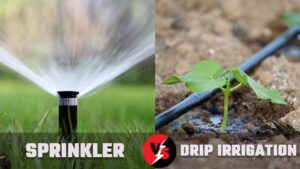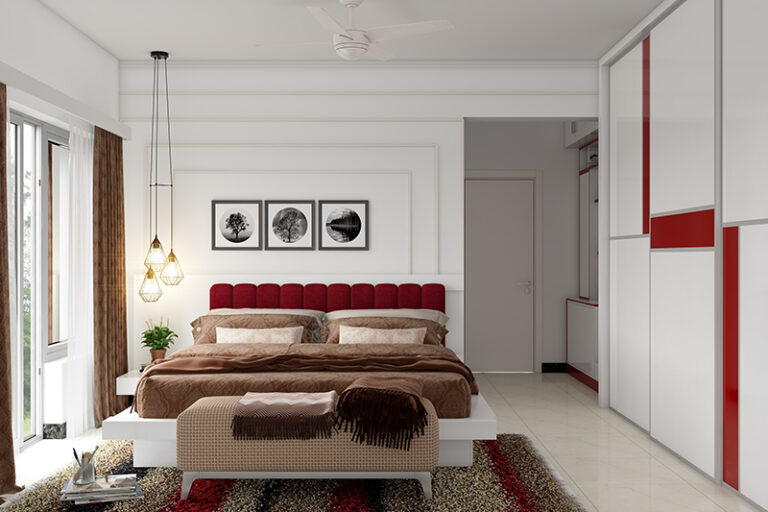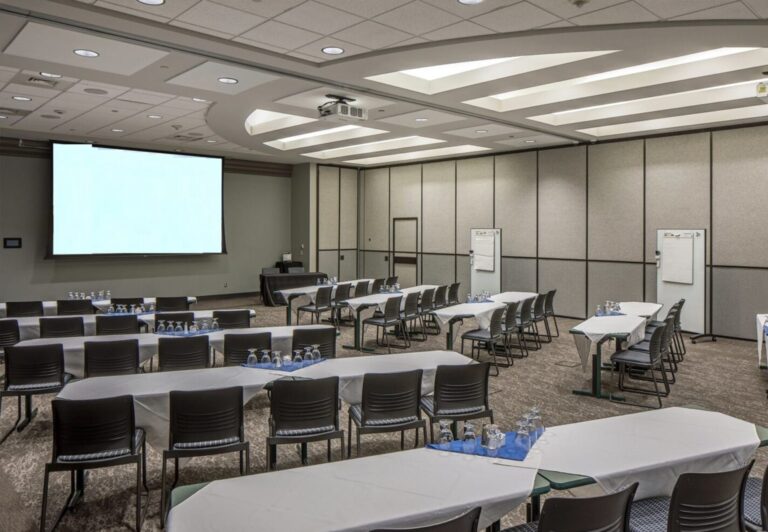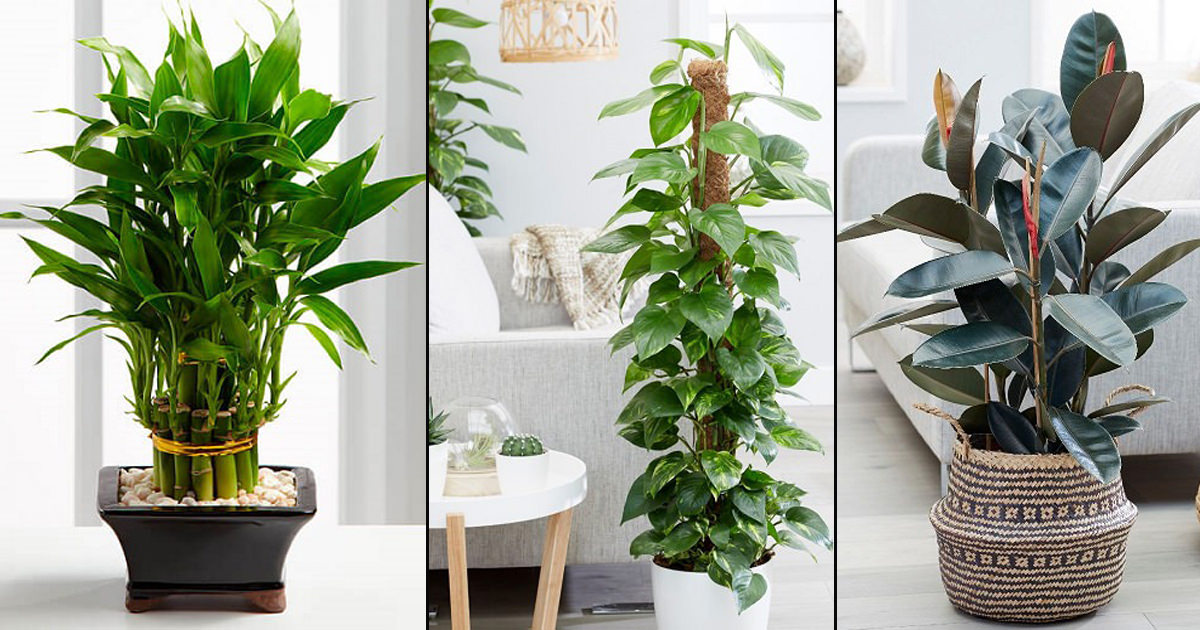
Plants in the light and shadow require different care; if you follow these guidelines, you will not fail as a plant caretaker.
Plants have various benefits, like reducing stress, improving mood, and increasing the humidity of the environment, which allows us to breathe easier.
If you’re still hesitant to have plants in your home, whether indoors or out, we’ll give you some pointers on how to tell the difference between light and shade plants and how to care for them.
Exterior or Interior?
Let’s separate the plants into two categories: shade and light. This is due to the fact that each plant’s requirements vary due to its pigment system, which varies based on the light levels required by each plant to achieve proper saturation in its collecting antennas.
Light plants, also known as outdoor plants, must be exposed to the sun for at least six hours each day and watered two or three times per week. The major characteristics of these plants are their smaller and less dazzling leaves, the attractiveness that is found in the brightly colored blooms, and the presence of vivid yellow and purple tones in the leaves.
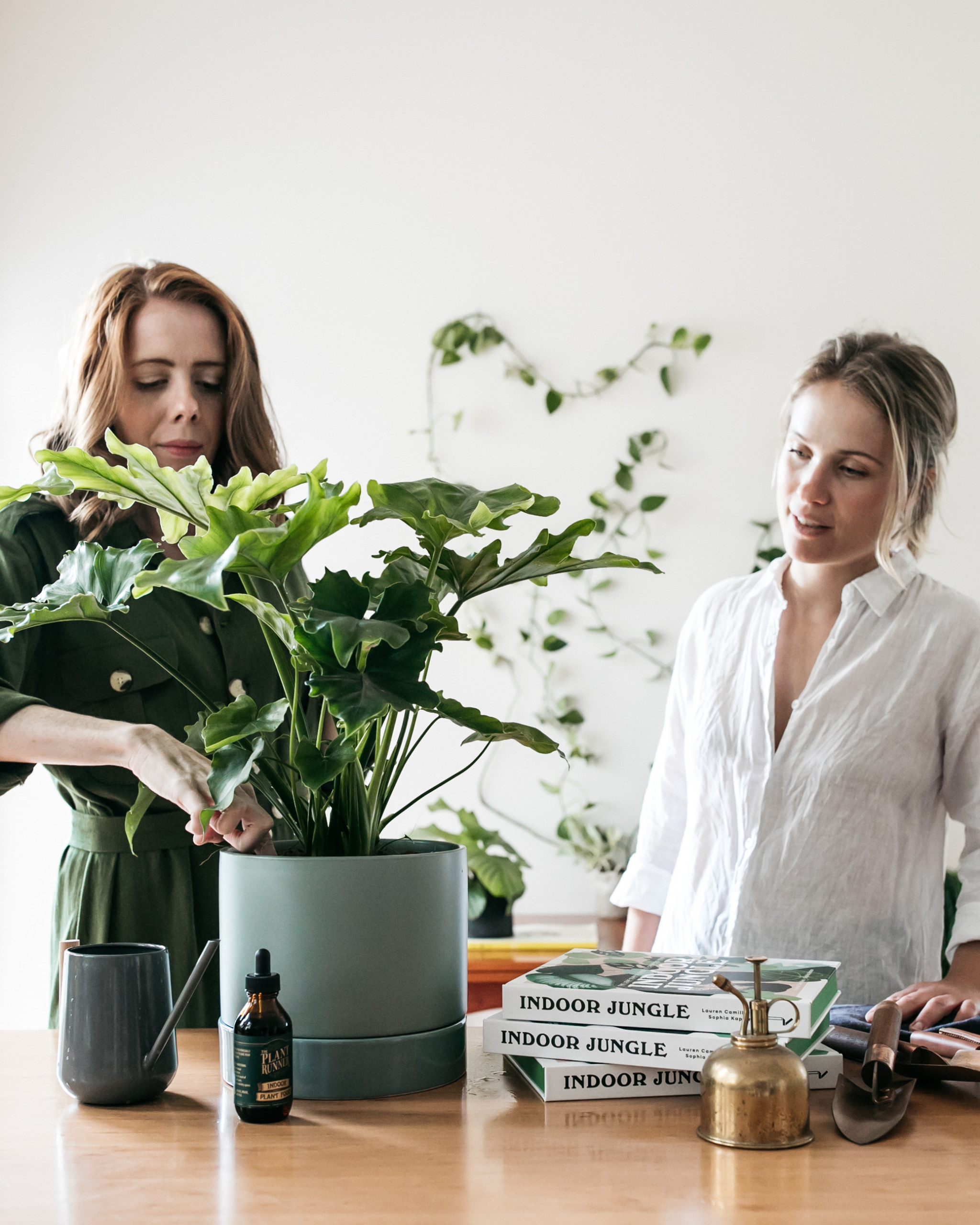
Right Place
We recommend keeping the plants in a pot to make it easier to relocate them depending on the season, as they must be kept in a space where they receive continuous sunlight, but in the winter, they will require a strategic location where they receive the most amount of light possible. In addition, they should be located in a high position so that they do not flood during heavy rains.
Maintenance
It takes time and dedication to create a beautiful garden. Pests, dryness, stains, or holes inside the leaves are all things you should be cautious of in your plants. That is why you must prune them on a regular basis, transplant them once a year, and use products or sprays that allow us to nourish the earth in order to keep them healthy.
Pot Type
The material of the pots for outdoor plants is very important because it affects the drainage of the same; getting pots made of plastic materials could be useful for moving them to the right place and maintaining the proper humidity, but you must measure the weight of each plant because these types of pots sometimes do not withstand and break. Another choice is clay or clay pots, which, while more difficult to move, have a more refined look and may be found in a wider range of styles.
Because shade plants keep moisture longer indoors, they do not require daily watering for healthy growth and just require a small amount of light to achieve the required brightness. It has larger and brighter leaves, little blooms with light or white tones, and its main distinguishing feature is a range of dazzling green tones that are accented by white or yellow stripes or spots. They can be found inside nurseries or local businesses under green nets. Indoor plants demand less attention, but they must be cared for in a specific way:
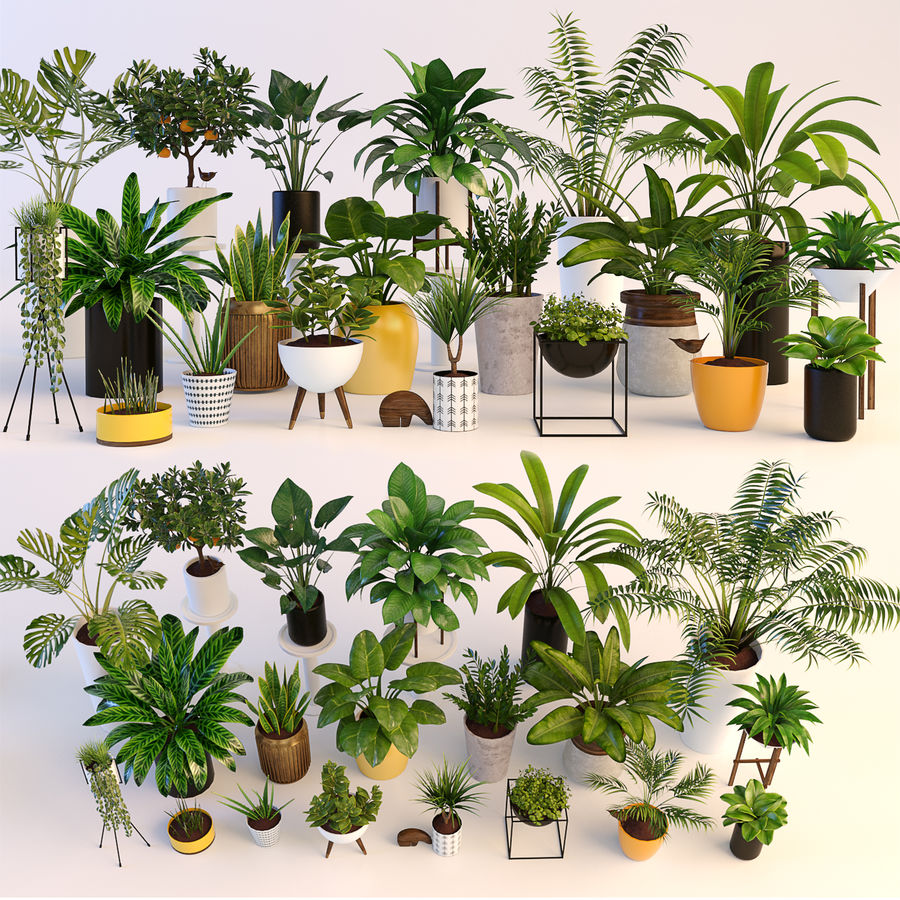
Irrigation
Although only one watering per week may be necessary depending on the plant, it is critical to water them when the first two millimeters of soil are dry. Similarly, keep the plants in a holey pot, and if you don’t have one, make one yourself. It is critical to ensure that you pour the water until it begins to drain from the bottom and that you have sufficient drainage.
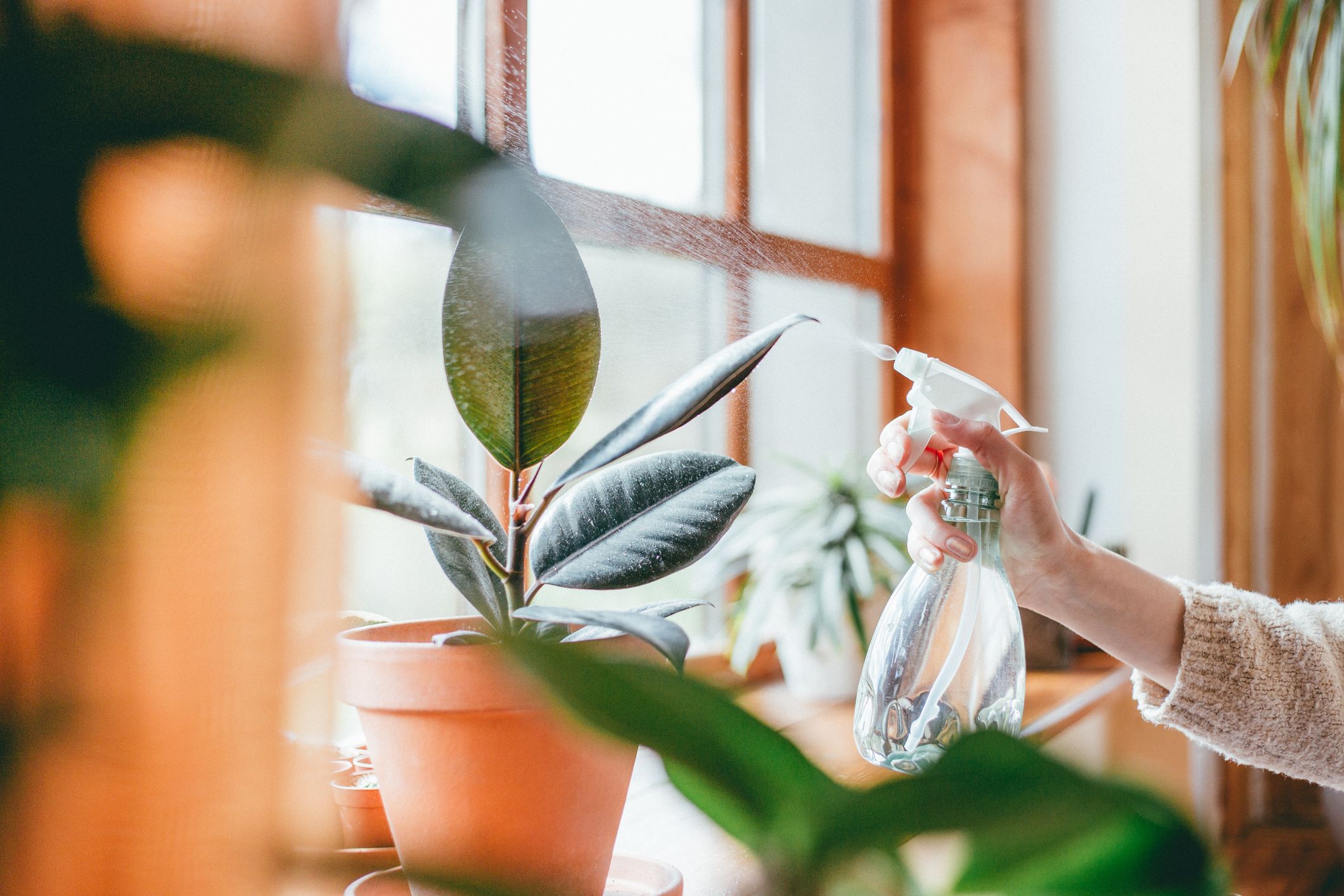
Positioning
Your plants must demand little or no sunlight at times. Depending on the species, it is vital to ask if they require any specific care before purchasing them. Similarly, create a humid atmosphere away from gadgets that release a lot of heat and in a location where they will not be exposed to direct light. The bathroom is a wonderful location; the idea is that you explore different spots until you discover one that you like best, as well as one that the plant enjoys.
The amazing thing about having plants in your home is the dynamism you can add to your space by combining them with various wall tones, container types, plant sizes, and floor designs, among other things. The most essential thing is to give yourself the opportunity to experiment with these two categories of plants and identify which one is best suited to your needs; who knows, maybe this summer you’ll turn into a seasoned plant keeper.


